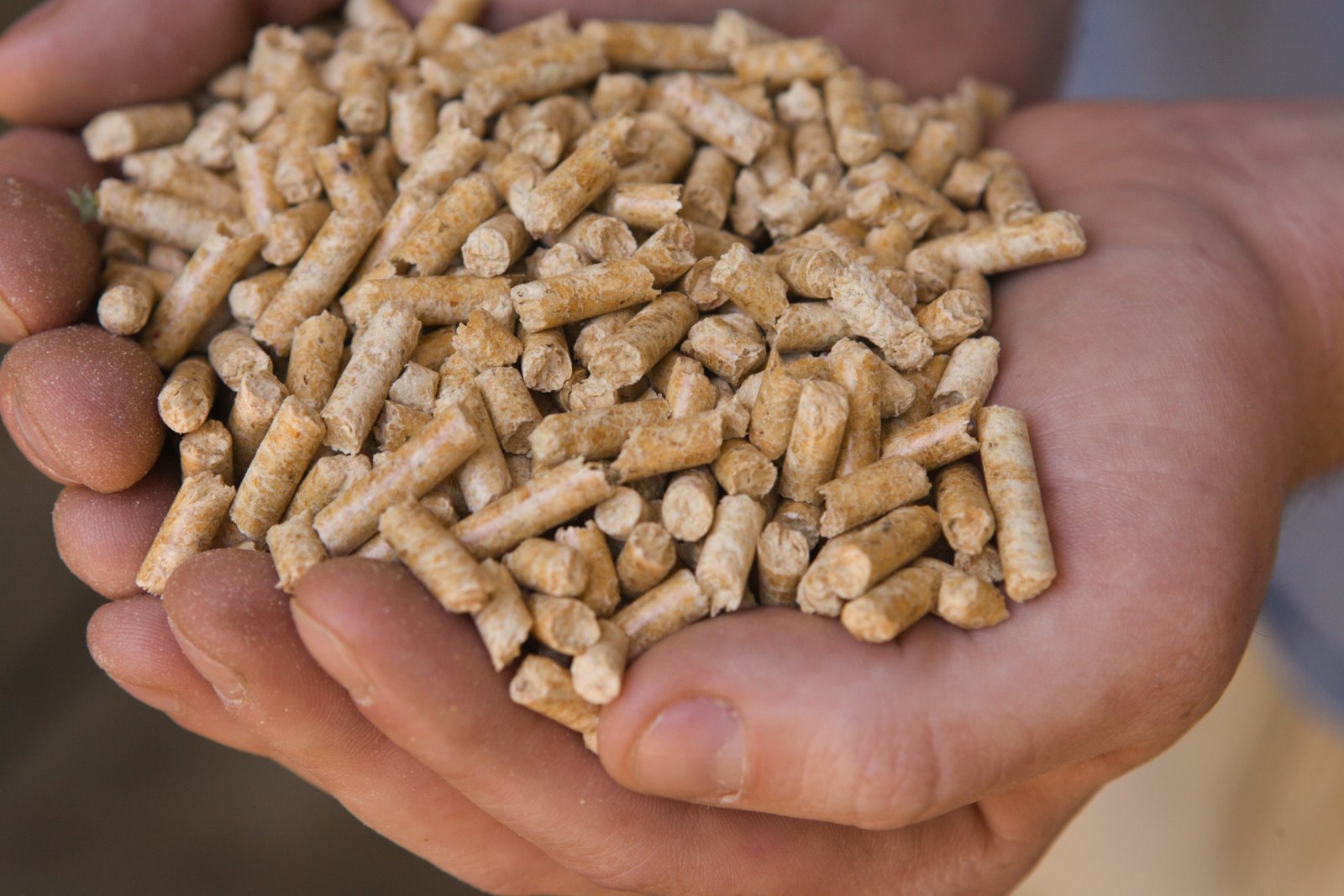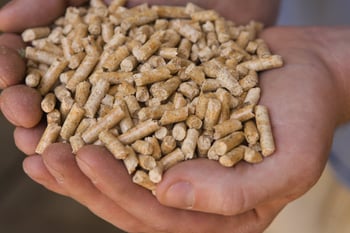
As energy sources go, woody biomass from forest residues has been reliably and sustainably fueling human civilization for thousands of years. Many modernized countries now have access to a broad energy portfolio that includes nuclear, wind, solar and hydro power generation, but much of the world—2.8 billion people in fact—still relies solely on some form of biomass for both cooking and heating. To put that number in perspective, that’s nearly 40 percent of the earth’s population. That’s also a whole lot of wood. Consider just a sliver of the data from around the globe:
-
2/3 of India’s 1.3 billion residents still depend on wood as a primary fuel source.
-
20 million people, or roughly half the population of Central America, rely on firewood for cooking.
-
Roughly 1.5 million households in Australia use wood as the primary form of domestic heating.
As impressive as our modern energy-producing technology might be, these systems also have limits and are not without their own sets of risks; it may be decades before the immediate area within the Fukushima Daiichi nuclear site in Japan will be inhabitable in the wake of the tragic 2011 meltdown. Within the global energy conversation, Forest2Market has continued to stress that woody biomass from forest residues has an important role to play in modern energy production. Whether used as a co-fired feedstock at a large electricity plant, a primary feedstock at a small-scale plant or a heating source for individual homes, wood has performed reliably and economically for thousands of years. And when managed and procured responsibly, wood is a sustainable and clean source of energy.

Forest residues are generally ubiquitous, and the flexibility and diversity that woody biomass materials offer make them unique as an economical feedstock. Unlike many other fuel sources, woody biomass is an on-demand source of energy that requires very little, if any, processing or refining. As noted above in the Australian data, over a million households rely solely on cut firewood, which only requires a saw and labor to produce. Other wood-based fuel types, such as wood pellets, also require very little in the way of manufacturing and the end result is still a 100% natural product.
Because of its scalability and flexibility, woody biomass is gaining popularity in Western nations as energy usage and costs increase and the desire to maintain some level of energy independence continues to be a priority in the uncertain global economy. We have written extensively about the large-scale usage of wood pellets by some of Europe’s leading electricity producers, including Drax Power in the UK and DONG Energy in Denmark. But there is a renewed interest in woody biomass in other European markets and on this side of the pond as well. Recent examples include:
-
North Stainley, UK: The Lightwater Valley theme park, which attracts roughly 500,000 visitors a year and is home to Europe’s longest rollercoaster, has installed an eco-friendly biomass heating system to accompany its solar photovoltaic energy system. Managers at Lightwater Valley say the solar panels have become the source of up to 45 percent of the park's electricity, and the new boilers will help the park realize energy savings of nearly £130,000 per year. The 400kW units have also allowed the theme park to move from an oil-based heating system to a cleaner system, while reducing its carbon footprint with more than 200 tonnes of CO2 savings. Mark Bainbridge, general manager at Lightwater Valley, said, “Despite the huge strides made already, Lightwater Valley remains committed to maintaining its energy efficiency and finding ways to reduce its carbon footprint.”
-
Vermont: With the potential for long and frigid winters, Vermonters are increasingly turning to their local forests and economies for heating options. The state currently offers incentives to help its citizens save money on heating their homes with wood-pellet boilers that support Vermont jobs and sustainable forestry. Vermonters are eligible to receive up to $5,500 to help switch from fossil fuel to local wood heating. Oil prices have declined sharply since last winter, which will make home heating in the Northeast more affordable this year than it has been in many years. But over the long-term, Vermonters who make the switch to wood pellet fuel typically save $1,500 annually when compared to oil and propane fuel heating options. Cash incentives are available from the Clean Energy Development Fund and Efficiency Vermont.
-
New York State: Like Vermont, New York has recently increased support to help homeowners and businesses install high-efficiency, low-emission advanced cordwood or wood-pellet boiler heating systems. Through its Renewable Heat NY program, the state aims to provide renewable and budget-friendly heating solutions to its residents—primarily in rural communities—that are eligible. Governor Cuomo’s Reforming the Energy Vision (REV) plan also allows small and large businesses, health care facilities and schools within the state to acquire these cleaner-burning systems in areas that do not have access to natural gas. The incentive amounts are compelling for the installation of new wood-pellet boilers:
-
Residential: 45% of installed cost up to $36,000 based on system size, with an additional $5,000 for documented recycling (removal and destruction) of old outdoor or indoor wood boilers, or $2,500 for recycling whole house wood furnaces.
-
Commercial (Small): 45% of installed cost up to $36,000 based on system size, with an additional $5,000 for documented recycling (removal and destruction) of old outdoor or indoor wood boilers, or $2,500 for recycling whole house wood furnaces.
-
Commercial (Large): 40% of total installed cost ($200,000 maximum incentive) for large pellet boilers, and 45% of total installed cost ($270,000 maximum incentive) for tandem pellet boilers.
-
-
Athens, GA: Alabama-based GreenFuels Holding Company plans to build two wood-burning power plants in the area, and one might become operational as soon as April, 2016. Together, the two plants in Franklin and Madison counties would consume about a million tons of wood each year and produce nearly 140 megawatts of electricity, which would subsequently be sold to Georgia Power and Duke Energy. Georgia is a heavily forested state with an established forest resources industry.
Referred to as the “Franklin Renewable Energy Facility,” the plant near Carnesville will burn roughly 607,650 tons of woody biomass per year—primarily clean construction and demolition materials. Franklin County Commission Chair Thomas Bridges says the plant will provide an economic boost to the county, noting that, “It will employ about 28 people. It will be running 24/7 to produce power for Georgia Power.” The Madison County plant in Colbert will operate on 411,513 tons a year of clean wood, defined as separated urban waste wood, primary wood waste, pallet waste, mill residues and separated construction and demolition waste. This is a significant development for both the forest products and electrical utilities industries within the southern US.
With winter fast approaching, many of these state-funded programs remain top-of-mind in areas with colder climates. In the case of Lightwater Valley—and much of Europe, for that matter—general awareness of biomass as an energy source is more prevalent than it is in the US simply because it is being utilized and is increasingly visible. But as more consumers become aware of the benefits of renewable energy derived from forest biomass, the increased interest encourages investment in America’s forests and growth within the forest products industry. Such interest is good for America’s energy portfolio and our working forests, and it fosters a widespread awareness for the many advantages that woody biomass offers as a clean, renewable source of energy.





